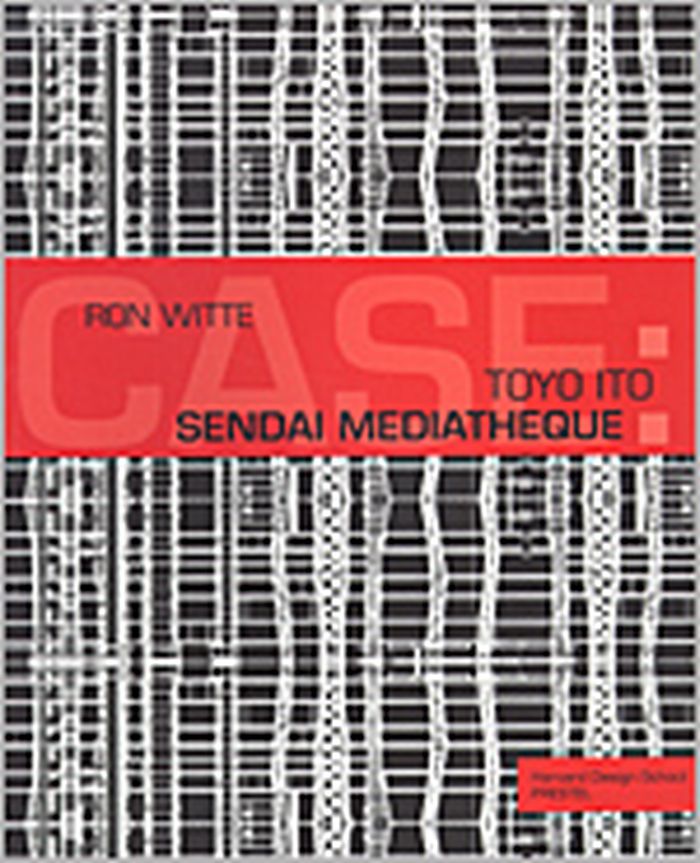livres
Toyo Ito
$95.00
(disponible sur commande)
Résumé:
Toyo Ito(b.1941) is one of the world’s most ground-breaking and influential architects, recognized internationally for his inventive and original work. Contains essays written by the architect himself on the creative process behind his projects: from his early White U House (1976) and Silver Hut (1984), to the much larger Sendai Mediatheque (2000), TOD’S Omotesando (2004)(...)
Toyo Ito
Actions:
Prix:
$95.00
(disponible sur commande)
Résumé:
Toyo Ito(b.1941) is one of the world’s most ground-breaking and influential architects, recognized internationally for his inventive and original work. Contains essays written by the architect himself on the creative process behind his projects: from his early White U House (1976) and Silver Hut (1984), to the much larger Sendai Mediatheque (2000), TOD’S Omotesando (2004) and Island City Central Park GrinGrin (2005).
livres
décembre 2008
Architecture, monographies
$37.95
(disponible sur commande)
Résumé:
Toyo Ito is one of the foremost architects working today. His architecture makes innovative use of steel and aluminium and includes such buildings as the White U House and the Eggs of Winds in Tokyo. This volume focuses on his Mediathèque in Sendai. This newly completed structure, which houses a library, art gallery, cinema, lecture theatre, and cybercafé, is predicated(...)
Case : Toyo Ito - Sendai Mediatheque
Actions:
Prix:
$37.95
(disponible sur commande)
Résumé:
Toyo Ito is one of the foremost architects working today. His architecture makes innovative use of steel and aluminium and includes such buildings as the White U House and the Eggs of Winds in Tokyo. This volume focuses on his Mediathèque in Sendai. This newly completed structure, which houses a library, art gallery, cinema, lecture theatre, and cybercafé, is predicated on the idea that the users of the building occupy a media/ information landscape or “digital ecology. ”Through a series of extraordinary technical advances, floors supported by a system of occupiable hollow tubes and sophisticated information and media networks, the building creates an environment in which people can engage in cultural activities both internally (within the structure) and externally (through digital connections to the world at large). This volume investigates the evolution of the structure through a series of essays by experts on media, architectural technology, and digital culture.
Architecture, monographies
